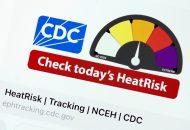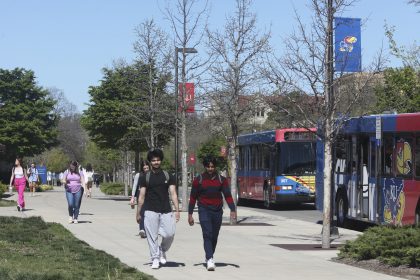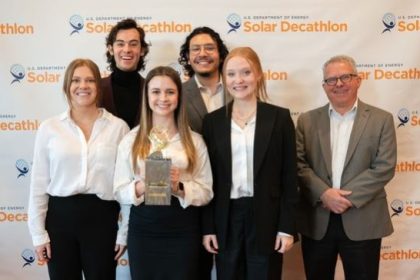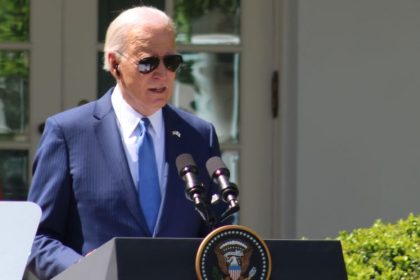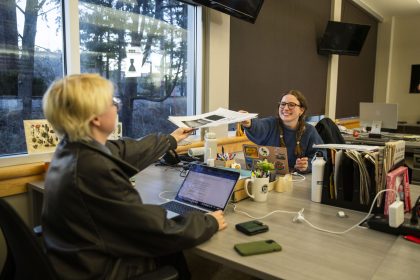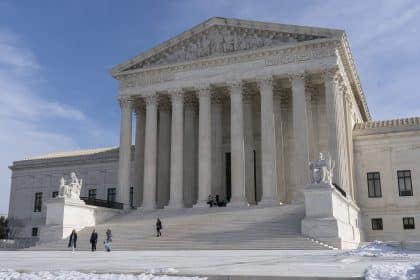School Requirements on COVID-19 Protections Vary Widely
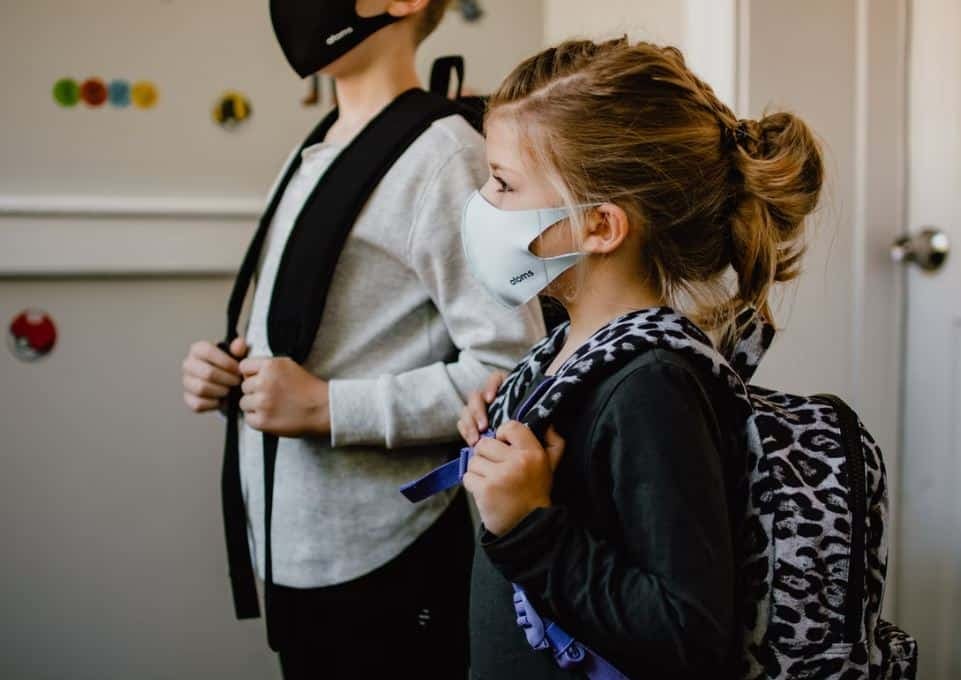
WASHINGTON — The new school year starts within weeks with questions about what protections against COVID-19 will be required of students still unresolved in many states and counties.
Most states have eliminated vaccine requirements but some cling to masks, either as a requirement or a recommendation.
In a statement typical among many school districts, Charles Pyle, spokesman for the Virginia Department of Education, told The Well News, “The state health department is saying that in general masks are not recommended” for students, teachers and staff. “Individuals can continue to mask if they so desire.”
Masks will be required at public schools in Louisville, Kentucky, and Atlanta, Georgia, after the Centers for Disease Control and Prevention reported “high” COVID-19 risks at a “community level,” which is a measure of infection and hospitalization rates.
In Los Angeles, California, and Prince George’s County, Maryland, masks are recommended but not required by school officials.
Much of the uncertainty is being blamed on the easy transmissibility of the omicron subvariants BA.4 and BA.5. The subvariants are causing another surge in the virus.
One of the few exceptions to the elimination of vaccine mandates is in Washington, D.C., where COVID-19 infections are on an upswing.
All students 12 years and older must be vaccinated to attend school in the nation’s capital.
The District of Columbia schools justify their mandate by saying they want to ensure no student’s education suffers because of the pandemic. The alternative is remote learning at home, which school officials say is an inferior method of education.
In Illinois, Gov. J.B. Pritzker revised his COVID-19 executive orders that started in March 2020 “to ensure governments are resuming normal operations.”
In August 2021, he required kindergarten through college staff and students to be vaccinated or tested for COVID-19 weekly.
Last month, he issued a statement saying, “Vaccine mandates for higher education employees and students and emergency medical service providers will not be reissued. Vaccination mandates will remain in place in K-12 schools, daycares.”
For the past three years, vaccine mandates have led to protests and lawsuits over privacy and parental discretion.
This year, complaints about mandates are easing because the mandates themselves are starting to go away.
In California, vaccines were required last year to attend public schools. A state lawmaker introduced a bill to require COVID-19 vaccines in schools again this year but withdrew it in April.
State lawmakers instead are focusing their efforts on making the vaccines more available rather than requiring them.
The revised school policies are partly a recognition of the fact the virus is less deadly for children than adults. Fewer than 1,200 of the more than 1 million Americans who died from COVID-19 were under 18.
About 31% of children aged 5-11 are fully vaccinated, according to the CDC; about 61% aged 12-17 are fully vaccinated.
Some of the disputes from the tougher health rules continue to play out in the courts.
Last week, the First Circuit Court of Appeals dismissed a lawsuit by two former University of Massachusetts students upset by the school’s vaccine mandate last year. They argued the mandate violated their 14th Amendment right to equal protection and First Amendment right to freedom of religion.
They lost at the district court level but never reached a judgment on appeal. The two students were no longer enrolled at the University of Massachusetts, making their lawsuit moot.
Last month, a different federal appeals court ruled Texas can keep its ban on school mask mandates despite an increased risk of COVID-19 infection for medically vulnerable students.
Parents of the vulnerable students sued, saying their public schools should require the masks to protect the children.
The Fifth Circuit Court of Appeals ruled the mask ban imposed by Texas Gov. Greg Abbott was valid because the group of medically vulnerable children failed to prove the ban created an “invasion of a legally protected interest.”
Tom can be reached at [email protected] and @TomRamstack












